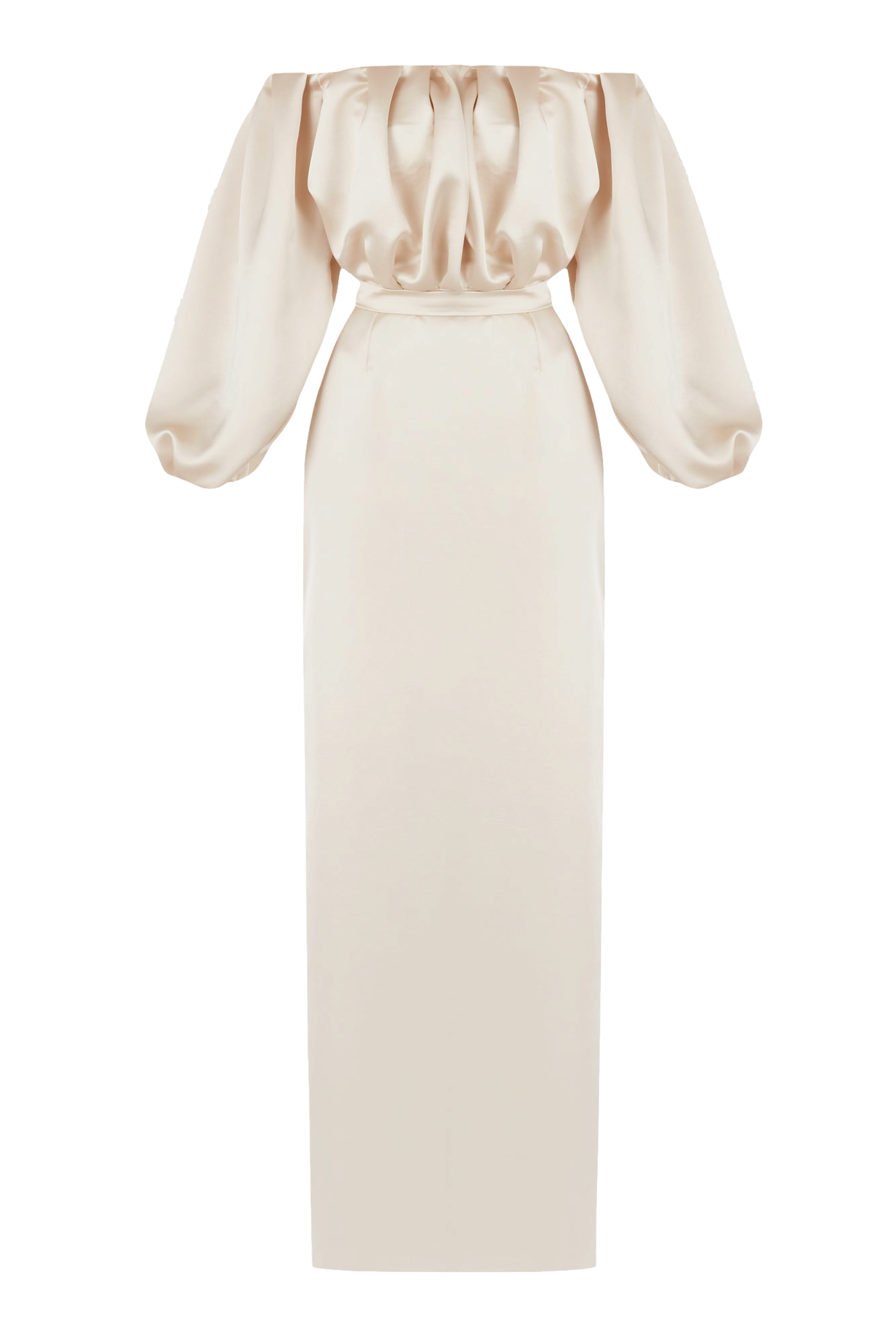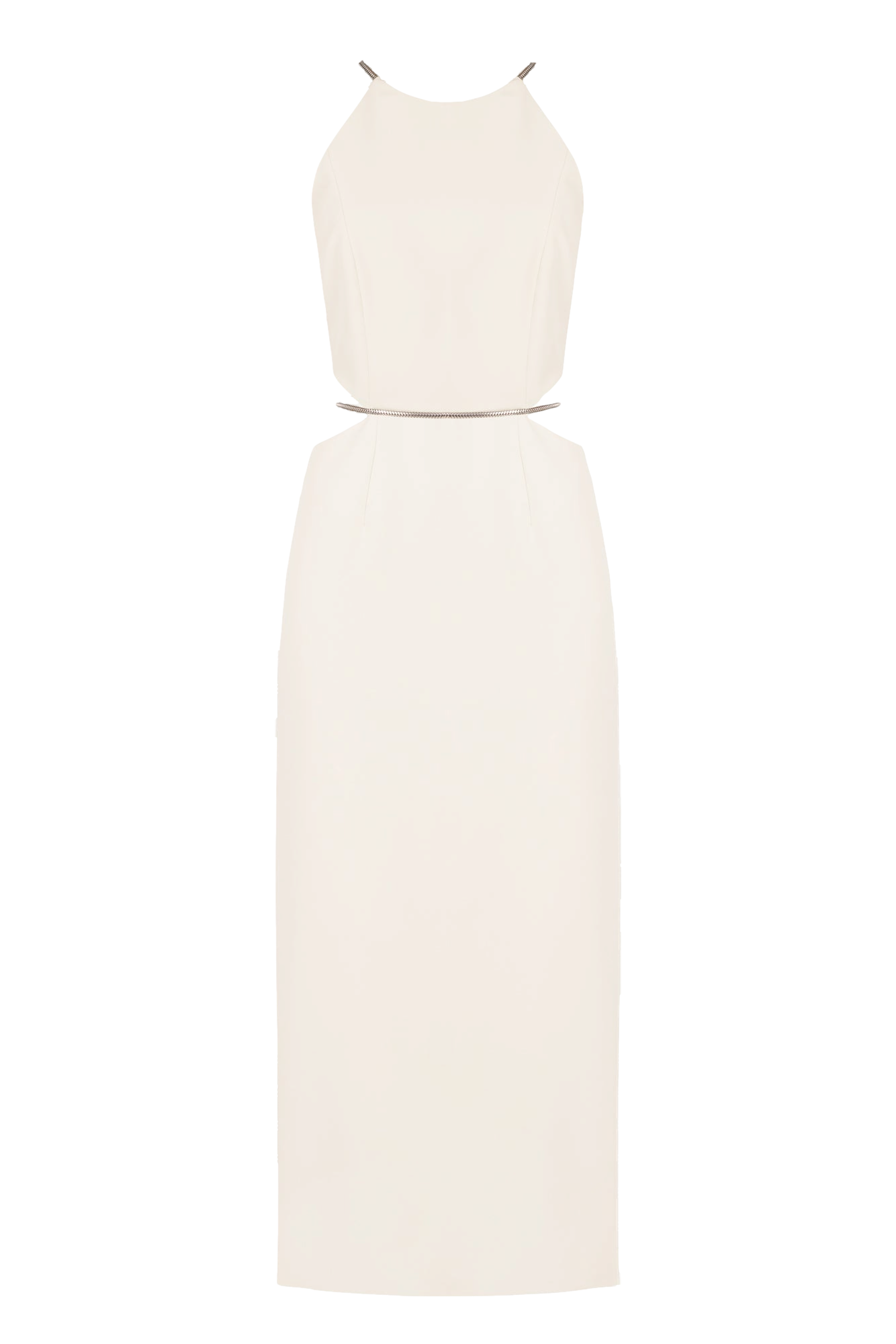How To Undress Photo: A Comprehensive Guide For Creative Editing
Are you ready to dive into the world of creative photo editing? If you’ve ever wondered how to undress photo digitally, you’re in the right place. This guide will walk you through the process step by step, ensuring you have all the tools and knowledge you need to achieve professional results. Whether you're a beginner or a seasoned editor, this article has something for everyone.
Undressing a photo might sound controversial, but in the world of digital art and editing, it simply means removing clothing or accessories from an image using advanced techniques. This skill is highly sought after in industries like fashion, film, and advertising. By mastering this technique, you can unlock endless creative possibilities.
In this guide, we’ll explore the ins and outs of how to undress photo safely, ethically, and effectively. From understanding the tools to learning advanced techniques, we’ve got you covered. Let’s get started!
Table of Contents
- What is Undress Photo?
- Tools You Need for Photo Undressing
- Step-by-Step Guide to Undress Photo
- Ethical Considerations When Editing Photos
- Common Mistakes to Avoid
- Alternatives to Photo Undressing
- Best Software Options for Photo Editing
- Tips for Beginners in Photo Editing
- How the Industry Uses Photo Undressing
- Conclusion and Final Thoughts
What is Undress Photo?
When people hear the term "undress photo," their minds might jump to something scandalous. But in reality, it’s all about creative editing. The process involves digitally removing clothing or accessories from a subject in a photograph. This technique is often used in fashion campaigns, movie posters, and even medical illustrations.
Think of it like this: imagine a model wearing a jacket, but you want to showcase their outfit underneath. Instead of reshooting the photo, you can digitally remove the jacket. It’s like giving the photo a makeover without ever stepping foot on set again.
Now, let’s break it down. The key to successful photo undressing lies in precision and attention to detail. You’ll need a steady hand and a sharp eye to make sure the edits look natural. And don’t worry if you’re new to this—by the end of this guide, you’ll be a pro!
Why is Photo Undressing Important?
Photo undressing isn’t just about removing clothes. It’s about enhancing the visual storytelling of an image. In the fashion industry, for example, designers often want to showcase their garments in different contexts. By digitally undressing a photo, they can highlight specific pieces without needing multiple shoots.
Moreover, it saves time and money. Instead of organizing multiple photoshoots, editors can manipulate existing images to achieve the desired look. This efficiency is crucial in fast-paced industries where deadlines are tight.
Tools You Need for Photo Undressing
Before you dive into the world of photo undressing, you’ll need the right tools. Here’s a quick rundown of what you’ll need:
- Powerful photo editing software like Adobe Photoshop or GIMP
- A high-resolution image to work with
- A graphics tablet for more precise editing (optional but recommended)
- Basic knowledge of layers, masks, and selection tools
Let’s talk about the software first. Adobe Photoshop is the industry standard for photo editing, and for good reason. Its powerful tools allow you to make intricate edits with ease. If you’re on a budget, GIMP is a great free alternative that offers similar functionality.
When it comes to hardware, a graphics tablet can make a world of difference. It gives you more control over your brush strokes and allows for smoother transitions when editing. If you’re just starting out, a basic tablet will do the job. As you gain experience, you can invest in higher-end models.
Best Software Options
Here’s a quick breakdown of some popular software options for photo undressing:
- Adobe Photoshop: The go-to choice for professionals, offering a wide range of tools for advanced editing.
- GIMP: A free and open-source alternative that’s great for beginners.
- Corel Painter: Ideal for artists who want to combine traditional painting techniques with digital editing.
- Procreate: Perfect for iPad users who want to edit on the go.
Each software has its own strengths, so it’s worth experimenting to see which one suits your workflow best.
Step-by-Step Guide to Undress Photo
Now that you have your tools ready, let’s dive into the actual process. Here’s a step-by-step guide to help you undress a photo like a pro:
- Open Your Image: Start by opening your chosen image in your preferred software.
- Select the Area: Use the selection tool to outline the area you want to remove. Be as precise as possible to avoid unwanted edits.
- Create a Mask: Once you’ve made your selection, create a layer mask to hide the selected area.
- Refine Edges: Use the refine edge tool to clean up any rough edges. This step is crucial for achieving a natural look.
- Blend the Edits: Use the clone stamp tool or healing brush to blend the edited area with the rest of the image.
- Final Touches: Add any final touches, such as adjusting the lighting or color balance, to make the edits seamless.
Remember, patience is key. Don’t rush the process—take your time to ensure every detail looks perfect.
Tips for Success
Here are a few tips to help you achieve better results:
- Work on a high-resolution image to ensure clarity.
- Use a separate layer for each edit to make adjustments easier.
- Zoom in and out frequently to check your progress.
- Save your work regularly to avoid losing progress.
Ethical Considerations When Editing Photos
While photo undressing can be a powerful tool, it’s important to use it responsibly. Ethical considerations should always be at the forefront of your editing process. Here are a few things to keep in mind:
First and foremost, always get permission from the subject before making any significant edits. Respecting privacy and consent is crucial, especially when dealing with sensitive content.
Additionally, be mindful of how your edits might be perceived. Avoid making changes that could be misinterpreted or cause harm. Remember, the goal is to enhance, not to exploit.
Lastly, consider the context in which the photo will be used. If it’s for a professional project, ensure that the edits align with the intended message and values of the brand or organization.
Legal Issues to Watch Out For
It’s also important to be aware of any legal issues that might arise from photo editing. Copyright laws and intellectual property rights should always be respected. Make sure you have the necessary permissions to edit and distribute the image.
If you’re unsure about the legal implications, consult with a legal expert or do your research to stay informed. Better safe than sorry, right?
Common Mistakes to Avoid
Even the best editors make mistakes, but knowing what to look out for can save you a lot of time and frustration. Here are some common mistakes to avoid:
- Rushing the process: Taking shortcuts can lead to poor results. Be patient and meticulous in your edits.
- Ignoring lighting: Consistency in lighting is key to making edits look natural. Pay attention to shadows and highlights.
- Over-editing: Sometimes less is more. Avoid overdoing the edits, as it can make the image look unrealistic.
- Forgetting to save: Always save your work regularly to avoid losing progress.
By avoiding these mistakes, you’ll be well on your way to creating professional-quality edits.
How to Fix Mistakes
If you do make a mistake, don’t panic. Most editing software offers undo options or allows you to revert to previous versions. Take advantage of these features to correct any errors.
Additionally, don’t be afraid to start over if necessary. Sometimes, beginning from scratch can yield better results than trying to fix a problematic edit.
Alternatives to Photo Undressing
If photo undressing isn’t the right fit for your project, there are other options you can explore. Here are a few alternatives:
- Photo Retouching: Focus on enhancing the overall appearance of the image without making drastic changes.
- Compositing: Combine multiple images to create a new scene or effect.
- 3D Modeling: Use 3D software to create realistic garments or accessories.
Each alternative has its own benefits and challenges, so consider what best suits your project’s needs.
When to Use Alternatives
Use alternatives when the desired effect can be achieved through simpler methods. For example, if you only need to adjust the color or lighting of an image, photo retouching might be a better option than undressing the photo.
Similarly, if you’re working on a project that requires creating a new environment or scene, compositing might be the way to go. Always assess the requirements of your project before deciding on the best approach.
Best Software Options for Photo Editing
We’ve already touched on some popular software options, but let’s dive deeper into what makes them stand out:
Adobe Photoshop: With its vast array of tools and features, Photoshop is the go-to choice for professionals. Its layer-based system and advanced selection tools make it ideal for complex edits.
GIMP: As a free alternative, GIMP offers many of the same features as Photoshop. It’s a great option for beginners or those on a budget.
Corel Painter: If you’re an artist looking to combine traditional techniques with digital editing, Corel Painter is worth exploring. Its brush engine and texture tools are second to none.
Procreate: For iPad users, Procreate is a fantastic option for mobile editing. Its intuitive interface and powerful tools make it perfect for on-the-go creatives.
Which Software is Right for You?
The right software depends on your specific needs and preferences. If you’re a professional looking for industry-standard tools, Photoshop is the way to go. If you’re just starting out or working on a budget, GIMP or Procreate might be more suitable.
Ultimately, the best way to find the right software is to try them out. Most programs offer free trials or demo versions, so take advantage of these to see which one fits your workflow best.
Tips for Beginners in Photo Editing
If you’re new to photo editing, don’t worry—everyone starts somewhere. Here are a few tips to help you get started:
- Start with simple edits: Begin with basic adjustments like cropping, resizing, and color correction before moving on to more complex techniques.
- Practice regularly: The more you practice, the better you’ll get. Set aside time each day to work on your skills.
- Learn from tutorials: There are countless tutorials available online that can teach you new techniques and tricks.
- Join online communities: Connect with other editors to share tips, tricks, and feedback.
Remember, editing is both a skill and an art form. The more you practice, the more you’ll develop your own style and approach.
How to Improve Your Skills
Improving your skills takes time and dedication. Set goals for yourself and challenge yourself to try new techniques. Attend workshops, read books, and experiment with



Detail Author:
- Name : Mr. Camron Denesik
- Email : dariana68@waelchi.com
- Birthdate : 1997-06-29
- Address : 35659 Leonel Creek Suite 066 North Antoniafurt, CA 98829
- Phone : 520.921.2974
- Company : Walsh-Gutmann
- Job : Medical Records Technician
- Bio : Enim occaecati labore esse voluptates architecto. Provident qui nesciunt et id a alias. Quia magni labore repellat aperiam modi iste quam. Culpa libero commodi iure praesentium.